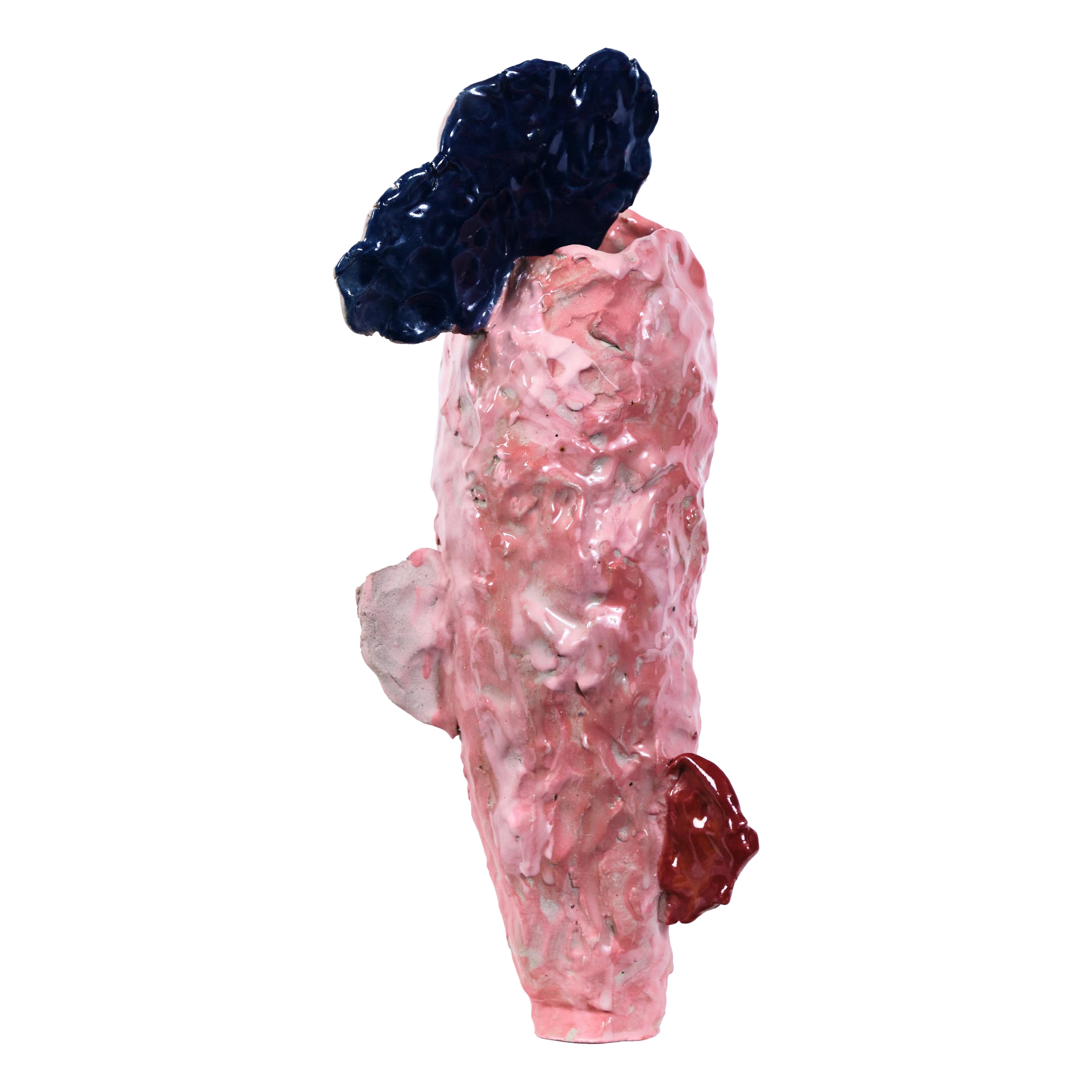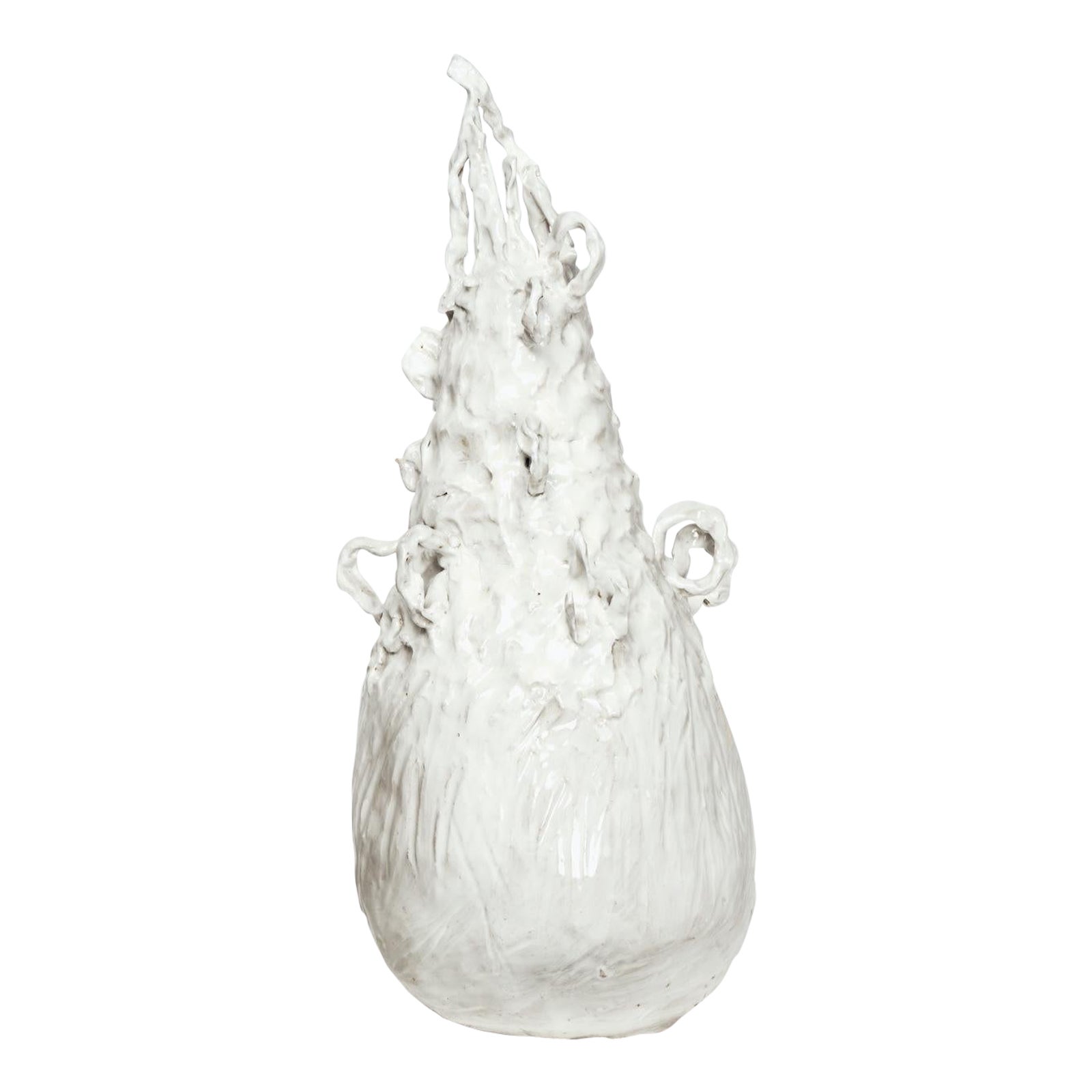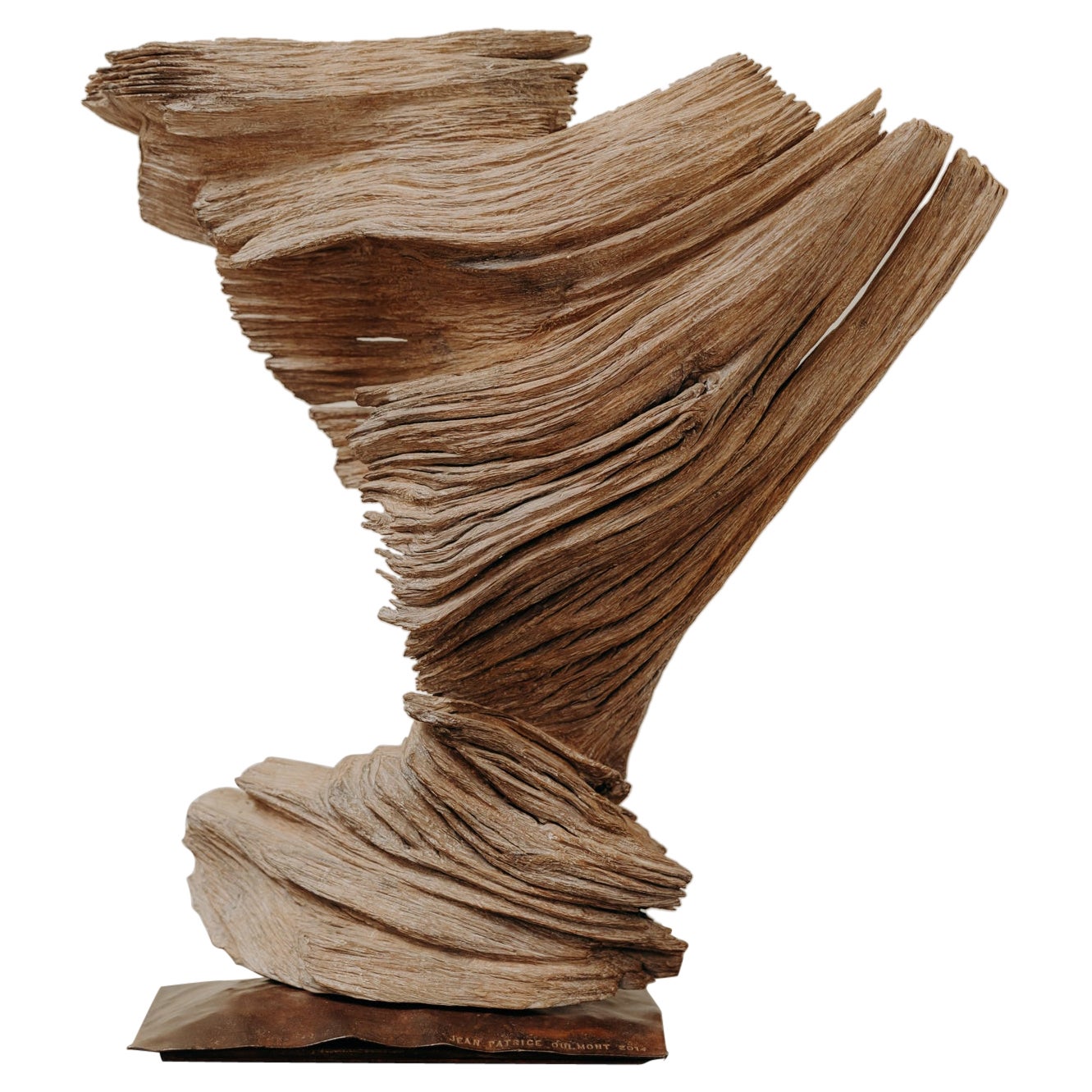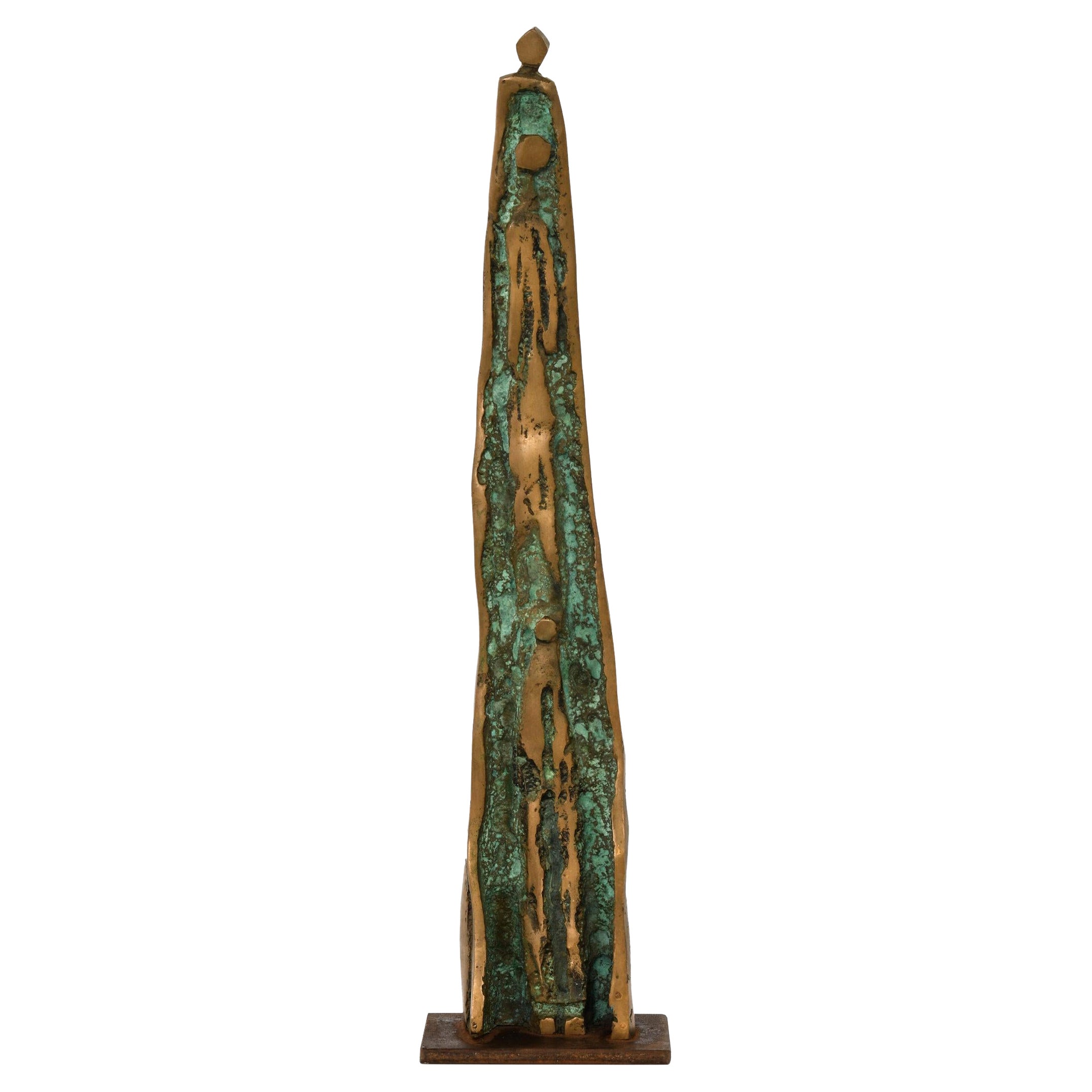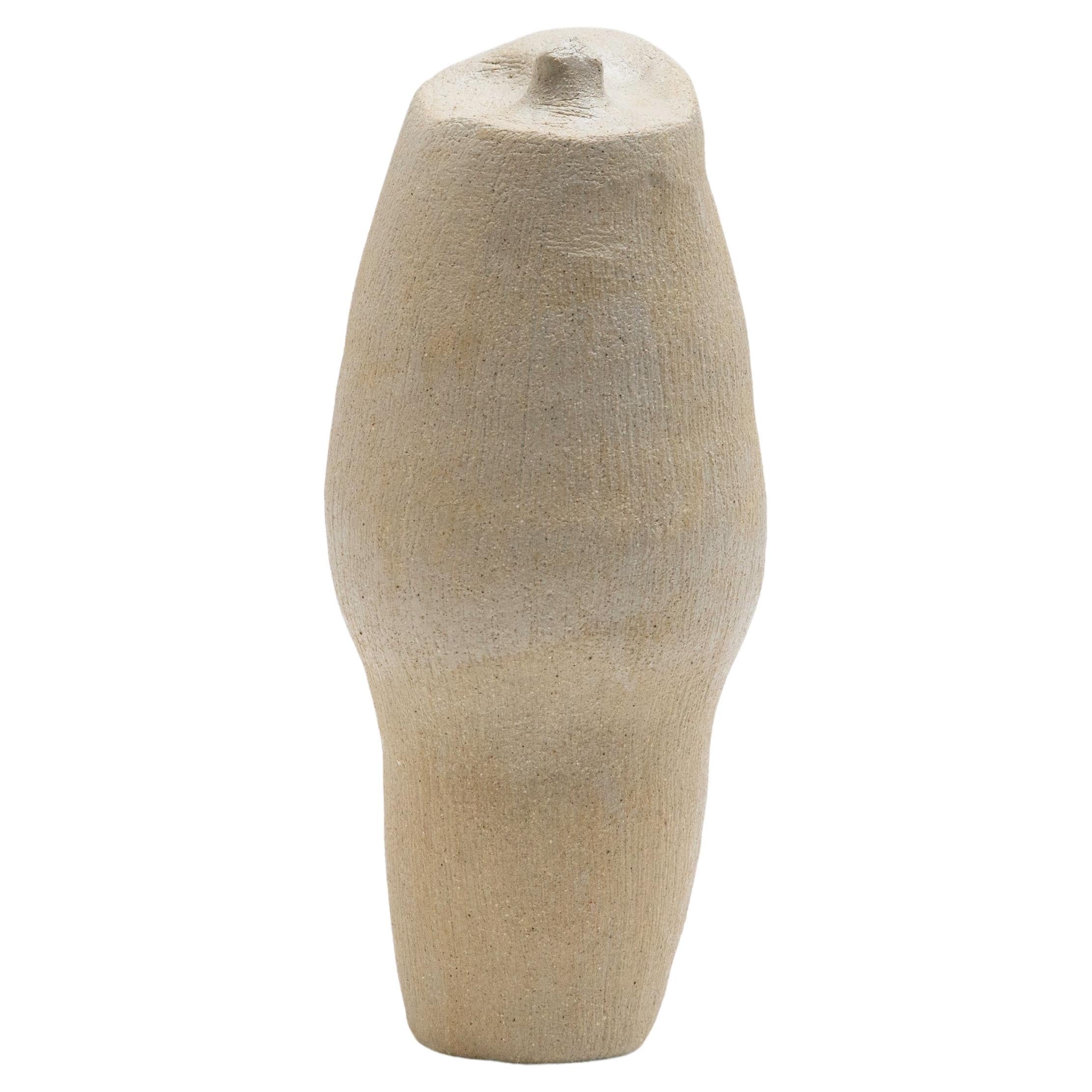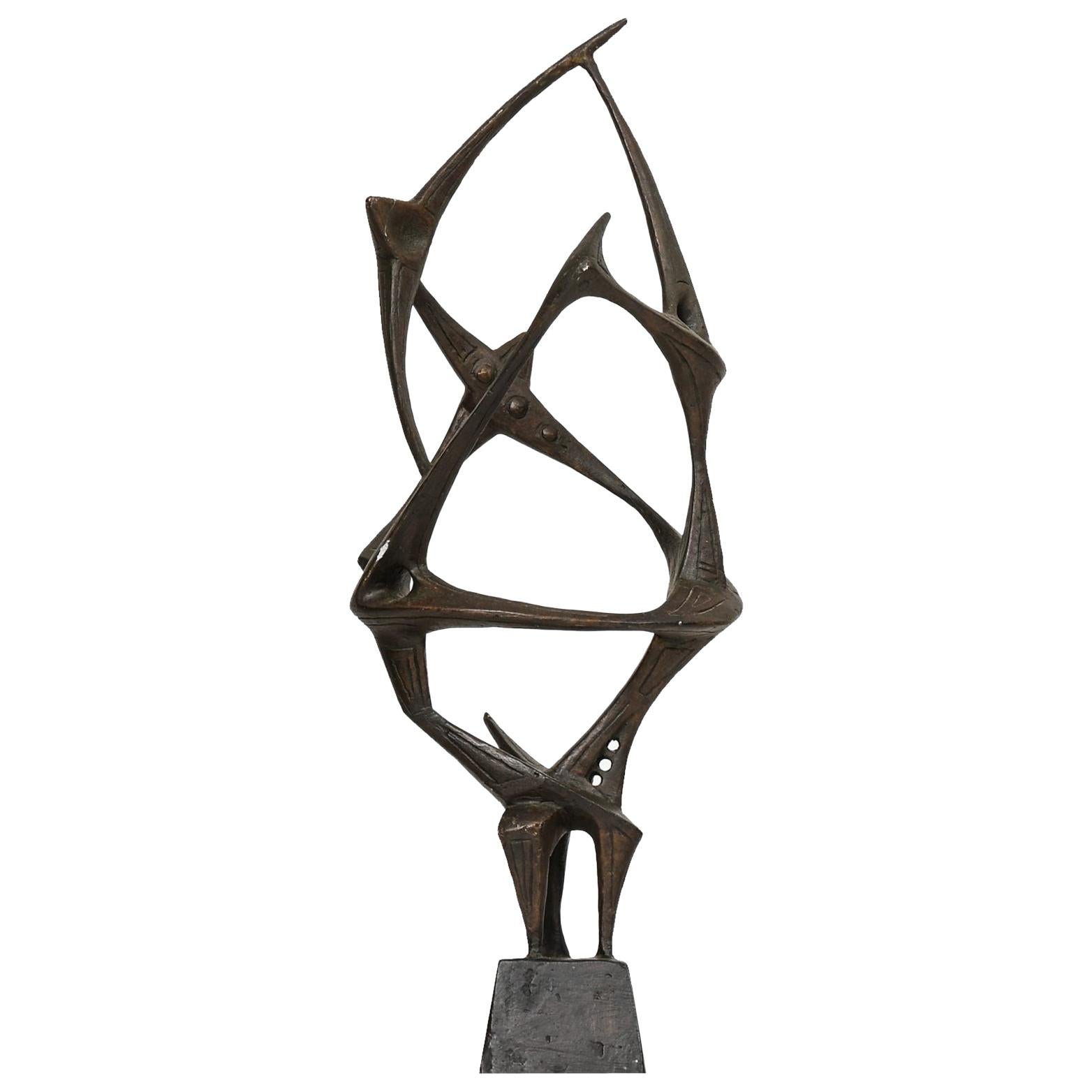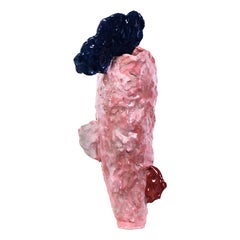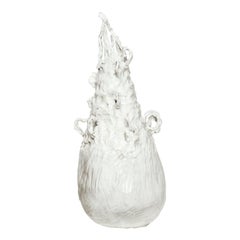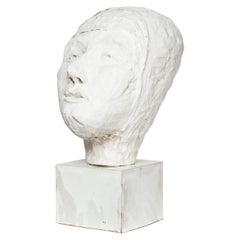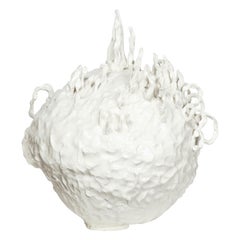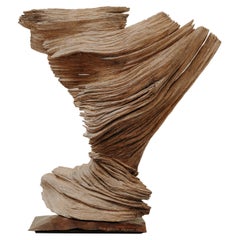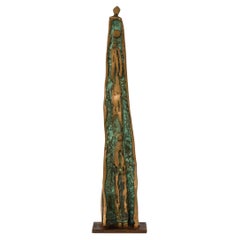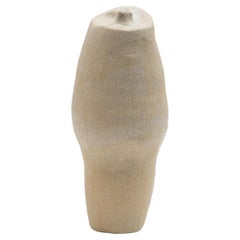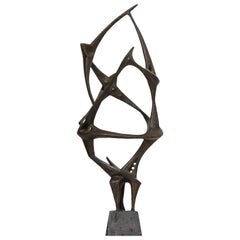Want more images or videos?
Request additional images or videos from the seller
1 of 6
Ditte Blohm, Taendstik
$1,411.68
£1,035
€1,202.76
CA$1,945.23
A$2,122.19
CHF 1,123.69
MX$25,429.91
NOK 14,310.79
SEK 13,086.16
DKK 8,980.84
About the Item
Stoneware, Porcelain, White glaze
H42 x W19 x D11 cm
- Materials and Techniques:
- Period:
- Date of Manufacture:21st century
- Condition:
- Seller Location:London, GB
- Reference Number:1stDibs: LU6657242581072
About the Seller
5.0
Vetted Professional Seller
Every seller passes strict standards for authenticity and reliability
Established in 2021
1stDibs seller since 2022
32 sales on 1stDibs
Typical response time: 14 hours
- ShippingRetrieving quote...Shipping from: Bath, United Kingdom
- Return Policy
More From This Seller
View AllDitte Blohm, Small Cloud
Located in London, GB
Porcelain
H36 x W14 x D11 cm
Category
21st Century and Contemporary Abstract Sculptures
Materials
Porcelain
$1,380
Ditte Blohm, White Mountain
Located in London, GB
Stoneware, Porcelain, Transparent glaze
H52 x D20 cm
Category
21st Century and Contemporary Abstract Sculptures
Materials
Porcelain, Stoneware
Ditte Blohm, White Portrait
Located in London, GB
Stoneware, porcelain
H42 x W20 x D32 cm
Category
21st Century and Contemporary Abstract Sculptures
Materials
Porcelain, Stoneware
Ditte Blohm, Oona
Located in London, GB
Porcelaine, transparent glaze
H38 x D36 cm
Category
21st Century and Contemporary Ceramics
Materials
Porcelain
$5,458
Ken Spooner, Sculpture
Located in London, GB
Cast bronze
H16.5 x W27 x D10 cm
Category
20th Century Abstract Sculptures
Materials
Bronze
$12,077
Nicola Tassie, Conjunction
Located in London, GB
2017
Glazed stoneware
H18 x W40 x D16 cm
Category
2010s Abstract Sculptures
Materials
Stoneware
You May Also Like
sculpture from Jean Patrice Oulmont
Located in Brecht, BE
love the work of french artist Jean Patrice Oulmont ...
artwork created in 2014, signed and dated by the artist
Category
21st Century and Contemporary French Abstract Sculptures
Materials
Bronze
Sculpture Probably Produced in Sweden
Located in Limhamn, Skåne län
Large brutalist sculpture by unknown artist. Probably produced in Sweden.
Signed “S. ??? 25/50”.
Category
Vintage 1960s European Brutalist Abstract Sculptures
Materials
Bronze
An5 Sculpture by Eglė Šimkus
Located in Geneve, CH
An5 Sculpture by Eglė Šimkus
Unique Piece.
Dimensions: D 11 x H 22 cm.
Materials: Clay.
My name is Eglė Šimkus, and I was born in Lithuania in 1990 to a R...
Category
2010s French Post-Modern Abstract Sculptures
Materials
Clay
$610 / item
Hjalmar Ekberg Unique Sculpture
By Hjalmar Wilhelm Ekberg
Located in Limhamn, Skåne län
Unique sculpture by Hjalmar Ekberg.
Category
Vintage 1960s Swedish Scandinavian Modern Abstract Sculptures
Materials
Wood
Sculpture by Jacque Faus
Located in São Paulo, BR
The shapes of Faus’s receptacles and recipients are, by themselves, objects of free assimilation, that comes into existence through a process of assemblage, rather than from a previo...
Category
2010s Brazilian Vases
Materials
Ceramic
$5,300
Abisal
By Aniana Heras
Located in Miami Beach, FL
This earthy series explores the intimate dialogue between body and surface. Handmade sculptures combine geometric or human forms with organic textures inspired by the natural world. ...
Category
2010s Spanish Modern Abstract Sculptures
Materials
Ceramic
$1,370
More Ways To Browse
Skeleton Marble Sculpture
Stacked Stone Sculpture
Steffen Luttge
Steven Maslach
Steven Weinberg
Takao Tomono
Tennis Statue
Tom Bennett Bronze
Twiggy Mannequin Head
Ursula Huber
Va Metalcrafters
Vasa Cubes
Vasa Lucite Cubes
Vintage Chalkware Molds
Vintage Glass Eye Studio
Vintage Murphy Table
Vittorio Costantini
Watering Can Hagenauer
